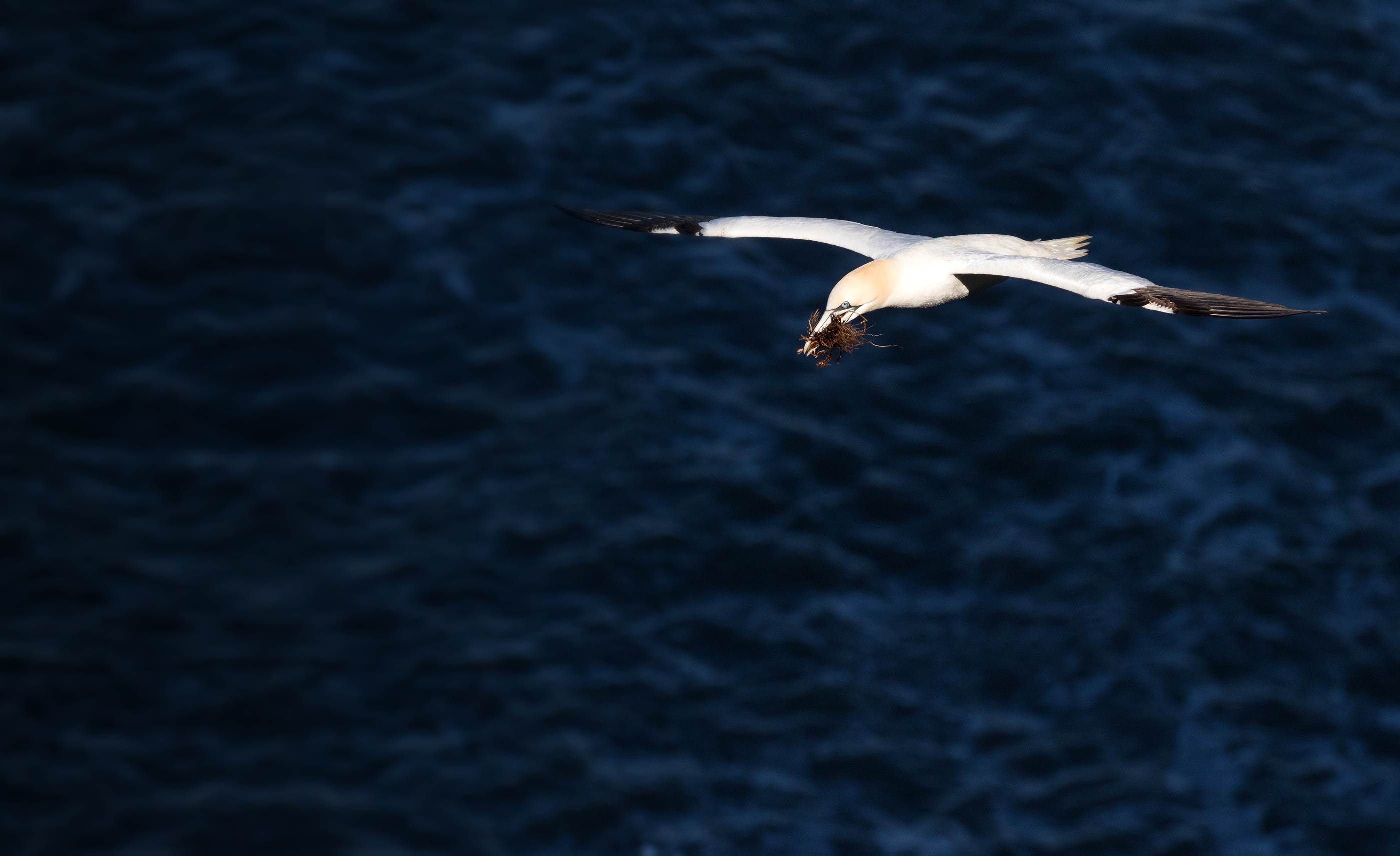BirdAtlas 2007-11: The Power of Local Papers by David Scott
“My” 10km square largely consists of, agricultural land around a number of villages. There is also some urban fringe. At the outset of my fieldwork I identified three community newspapers that served the biggest villages. I did eventually identify a fourth. It seemed possible that very local media might generate some helpful sightings.
I quickly found out that community papers are always on the look-out for copy, that they love to use pictures of birds and that they have a wide readership. My articles (about 4 per year) explained the Atlas project and provided local progress reports in a national context. I requested phone calls and e-mails with interesting sightings and asked land owners for offers of access to private sites. The latter request fell on deaf ears although that was not a big issue as there is an incredibly good footpath network locally.
I quickly found out that community papers are always on the look-out for copy, that they love to use pictures of birds and that they have a wide readership. My articles (about 4 per year) explained the Atlas project and provided local progress reports in a national context. I requested phone calls and e-mails with interesting sightings and asked land owners for offers of access to private sites. The latter request fell on deaf ears although that was not a big issue as there is an incredibly good footpath network locally.
The response from readers was excellent. I was immediately contacted by local birders, not known to me at that time, who knew their own local patches very well and who fed information into the process throughout. One early response was from an occasional birder who was sufficiently interested that he joined me for timed-tetrad visits twice each season. Almost every article produced calls or e-mails from “the general public” some of which led me to finding birds in new locations.
A degree of patience was required as not all replies were productive. I had to get used to using phrases such as “of course I didn’t see the bird myself, but from what you have said it was probably a Green Woodpecker, Golden Orioles don’t normally wander around lawns eating ants”
A classic followed a short piece I wrote on Marsh Harriers, having been lucky enough to see a wandering immature bird on my patch. Within days a lady had “seen one regularly from the top deck of her bus into town”. She didn’t really want to believe that Buzzards are very common along that stretch of road.
However, there were some gems too. I had a ‘phone call early on to tell me that Barn Owls were quite common in one area. I had not expected many sightings of Barn Owl but eventually several territories emerged and in the specific area reported to me I eventually found a roost tree that is still producing regular sightings (but sadly as yet no breeding activity). The public response to my request for Waxwing sightings was also excellent, including a mobile ‘phone picture of birds in Leicester City centre (not in my patch but nevertheless interesting). The most spectacular species reported to me was a Hoopoe. I was initially sceptical (although Hoopoe’s are fairly distinctive birds) and suggested that the observer submit a report to the CountyRecorder. I then found that he had already done so and the record was accepted. What was probably the same bird was then seen elsewhere in the local area on more than one occasion.
Through the fieldwork and my articles I identified a superb piece of habitat in my neighbouring village and have joined with a group from that village to try to take on the management of the site as a local nature reserve. I have also been able to provide data for another group that is doing something similar in one of the largest villages nearby.
Overall, this aspect of the project was a satisfying experience. I had several people tell me that my articles were the best thing in the paper and I provided an opportunity for casual bird watchers to confirm and enthuse about Fieldfares and Reed Buntings in their gardens. Now that the Atlas fieldwork is finished I intend to continue to try to recruit readers to conservation and have just submitted a short article about Brown Argus, a new butterfly for “my” square.
David Scott
If you've got a story about your bird recording experiences we'd love to hear from you, please email ieuan.evans [at] bto.org (subject: My%20bird%20recording%20story) (Ieuan Evans).







Share this page